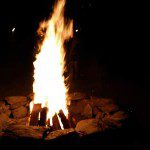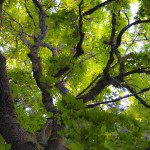Greetings, and welcome back to Wyrd Words. Keeping the Thor in Thursdays, every other week here on Agora!
There’s been quite a buzz going about the Heathen community about the three “newly discovered” Viking sites in Canada. Already there have been some pretty wild claims and suppositions made by people who are understandably excited by these discoveries, but it’s important to keep the facts in mind. So for all of you curious Heathens out there, here’s everything you need to know about the archaeological evidence of Vikings in the New World.
L’Anse aux Meadows
So let’s start with what we know. L’Anse aux Meadows is a well known and thoroughly documented site. Though it was known as early as 1914, it wasn’t thoroughly excavated until 1968 by Helge and Anne Stine Ingstad.
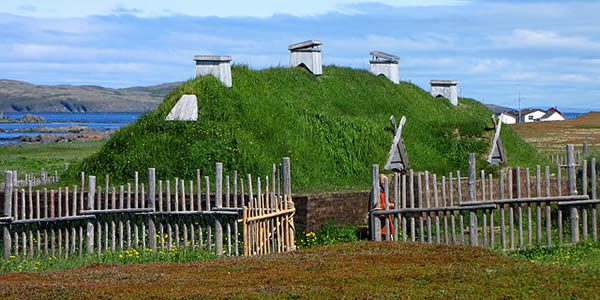
The site consists of three complexes (turf houses in the Viking style), each made up of one larger dwelling and two associated workshops. A number of Norse artifacts have been discovered there, including bronze pins, hair combs, a spindle whorl, and various needle-working tools. Radio carbon dating suggests that these buildings were VERY briefly occupied between about 990-1050 CE. Various theories have been put forth regarding the abandonment of the site, but none have yet been confirmed by significant bodies of scientific evidence.
Because of this site we know that the Viking contact with the New World is a historical fact. However, those attributing the site to Lief Erikson’s expedition should know that there’s no evidence linking this particular location to Erikson directly, and his accounts SEEM to describe a location further south. In all likelihood, this settlement was created by a later band of explorers.
Point Rosee
This is the site that most of us have heard about in recent news. This particular discovery was found in southern Newfoundland. Professor Sarah Parcak and her colleagues at the University of Alabama located the site via satellite. A reproduction of that satellite image is available here and more information can be found in a NOVA special, Vikings Unearthed, that aired in early April, 2016:
Initial excavations located what may be a hearth used to roast bog iron as well as some kind of turf house. Radio carbon dating suggests that the site dates to somewhere between 900-1300 CE. Further exploration will likely narrow down that time frame, but there are still early days. The structure and the forge would seem to support the possibility of a Viking site, however the team at U of A that the dates and cultural affiliations here are UNCONFIRMED. Further examination will be required before any serious analysis of Point Rosee can be put forward tot he scientific community.
Nanook
Recent events have actually brought this site back to the forefront, leaving many with the impression that it’s a newer discovery. In actuality, this site was in the process of being excavated back in 2012. Located on Baffin Island, the site contained a single structure that was innitially thought to be associated with the Vikings.
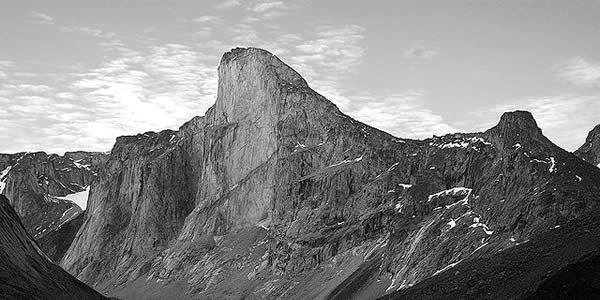
Discoveries there included a number of whetstones that contained traces of copper alloys, like bronze. Given that the Native American cultures in that time and place did not use bronze tools, this was a fairly strong piece of evidence that the site was associated with a different cultural group. In addition, two pieces of cord (later discovered to be yarn) bared little resemblance to the textiles used by the native populations at the time.
Unfortunately, the Canadian Museum of History cut the funding for this excavation and fired Sutherland rather abruptly in 2012. The funding was redistributed in order to excavate a ship from the Franklin expedition, lost in 1847. It is currently unknown whether or not this site will be returned to any time soon.
Sop’s Arm
Sop’s Arm is another older site that recent news has made ‘new’ again. The Ingstads (who excavated L’Anse aux Meadows) knew of the site as far back as 1961. The archaeological feature in question is a series of trenches dug in a long line just outside of the modern town of Sop’s Arm. The trenches are uniformly about 7 to 10 meters long, and about 5 to 7 feet deep.
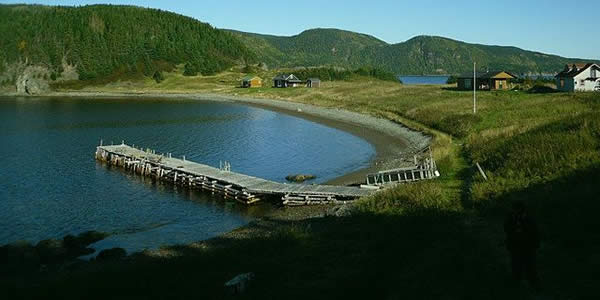
Helge Ingstad theorized that Vikings may have created the pits, but no serious excavations were done until 2010. Kevin Mcaleese, curator of archaeology and ethnology at the Provincial Museum of Newfoundland and Labrador, suggests that the pits may have been used to trap and kill game animals. A tactic which was unknown among the native cultures of Newfoundland.
A local man by the name of Kent Budden collected a number of artifacts which he believed to be Viking in origin in 2008, documenting them in a video which was later uploaded to Youtube. However, as these artifacts were removed from their context nearly two years before the official excavation, Budden likely significantly stalled the exploration and documentation of the site. When Mcaleese and his team at the Museum of Newfoundland and Labrador were shown the video he stated that he wasn’t familiar with the collection, but the artifacts therein did not appear to be Norse in origin.
This site needs to be taken with a sizable grain of salt, as there is little to no evidence to support the claim that this site is at all associated with Viking culture. It also serves as an important object lesson for amateur archaeologists and explorers. Removing potential artifacts from their resting place can be HUGELY detrimental to the process of actually investigating a find. By relocating objects, one removes their context, making dating and identification difficult, if not impossible. Further, it’s important to follow the evidence to a conclusion rather than try to fit ones findings into a preconceived idea. This site has almost no tangible connections tot he Vikings what-so-ever, yet it’s now being widely circulated as a “new Viking settlement discovered in Newfoundland”. If we want to truly learn about the origins of this site, we need to go in without these assumptions and try to locate evidence that hasn’t been disturbed by well meaning, and curious, people.
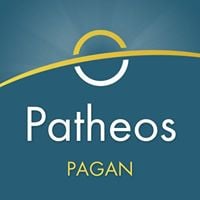
Patheos Pagan on Facebook.

the Agora on Facebook
Wyrd Words is published on alternate Thursdays. Subscribe via RSS or e-mail!
Please use the links to the right to keep on top of activities here on the Agora as well as across the entire Patheos Pagan.


